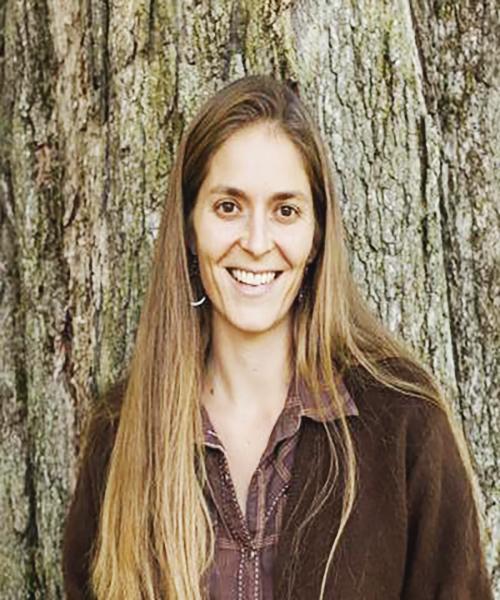A committee tasked with channeling and organizing sustainability efforts on campus is looking toward the future of sustainability for the university and incoming generations of students.
 The Sustainability Committee was formed in the summer as an advisory group to President Fritz Erickson. It was created as a result of a survey that was sent out to students, staff, faculty and administration last winter.
The Sustainability Committee was formed in the summer as an advisory group to President Fritz Erickson. It was created as a result of a survey that was sent out to students, staff, faculty and administration last winter.
The survey assessed what participants knew about sustainability already and what they hoped NMU could improve on regarding sustainability on campus for the future.
The 20-member committee, comprised of students, faculty and staff is broken up into five subcommittees on academics, engagement, operations, planning and innovation as well as innovation and leadership.
There was a wide range of what people knew about sustainability, and people generally seemed to value that, but there wasn’t any way to channel or organize sustainability efforts that were happening, said Sarah Mittlefehldt, assistant professor of Earth, environmental, and geographical sciences and subcommittee chair for academics.
“When I came to Northern I noticed that there were a lot of efforts happening on campus, but it happened in a very decentralized manner. There wasn’t any way to coordinate between the dining, the energy and the teaching in the classrooms,” she said.
After talking to multiple departments on campus, Mittlefehldt said the two students and two faculty members who started the survey looked to combine efforts on campus.
“The president was very enthusiastic about the committee,” she said. “That was something I was really encouraged by. Some schools have a sustainability committee but it’s like a little tiny subcommittee that’s way off in facilities somewhere or it might just be a group of faculty that’s interested in their classes. But what’s neat with this is that the president said he wanted us to be an advisory committee directly to the president.”
She added that when a lot of people think of sustainability, they think about conventional things like recycling, reducing waste, energy efficiency, growing local food and having local food on campus.
“All of that is awesome—all of that is good and something that I would love to see us continue to do more of,” Mittlefehldt said. “But there also is that economic and social piece. So making sure that we’re an institution affordable to students, that’s a part of sustainability too.”
The first task for the committee was to do a year-long planning initiative, incorporating a system used by the Association for the Advancement of Sustainability in Higher Education (AASHEH), Mittlefehldt said. AASHEH uses the Sustainability Tracking, Assessment and Rating System (STARS) as a way to both organize and collect data on different aspects of sustainability.
“STARS is a tool to help us take inventory, assess and track our performance in these different areas,” Mittlefehldt said. Mittlefehldt also said there has been rapid growth in the EEGS department over the past year and there will be more interest with the upcoming generation.
She added that the millennial generation sees issues like climate change are not just going to be a problem their children or grandchildren’s generation will have to deal with, but ones they will have to deal with as well.
“This is the millennials’ problem,” she said. “We are seeing dramatic effects of global climate change today. That’s why I think it’s really imperative that as an institution of higher education, we’re doing our job. I see it as a responsibility to give students a model to help them adapt and change to a very different economic and environmental reality.”
The inclusion of both the academic and non-academic sections of the university provides a well-rounded view of how to make sustainability efforts happen on campus, Assistant Director of Facilities Brandon Sager said.
“Collectively, each side does not necessarily always know what the other side is doing, so what we’re trying to do is collaborate our efforts and come together,” Sager said. “The union of the academic and non-academic side is really going to create a great joint venture.”
Sager is the head of the Sustainability Committee’s operations subcommittee. So far, the committee has only had one official meeting which, was the first step toward making a plan to gain a more holistic view of the future of sustainability on campus, he said.
“What this committee is going to do is help guide the university through the process of making better choices in the field of sustainability,” Sager said.
























